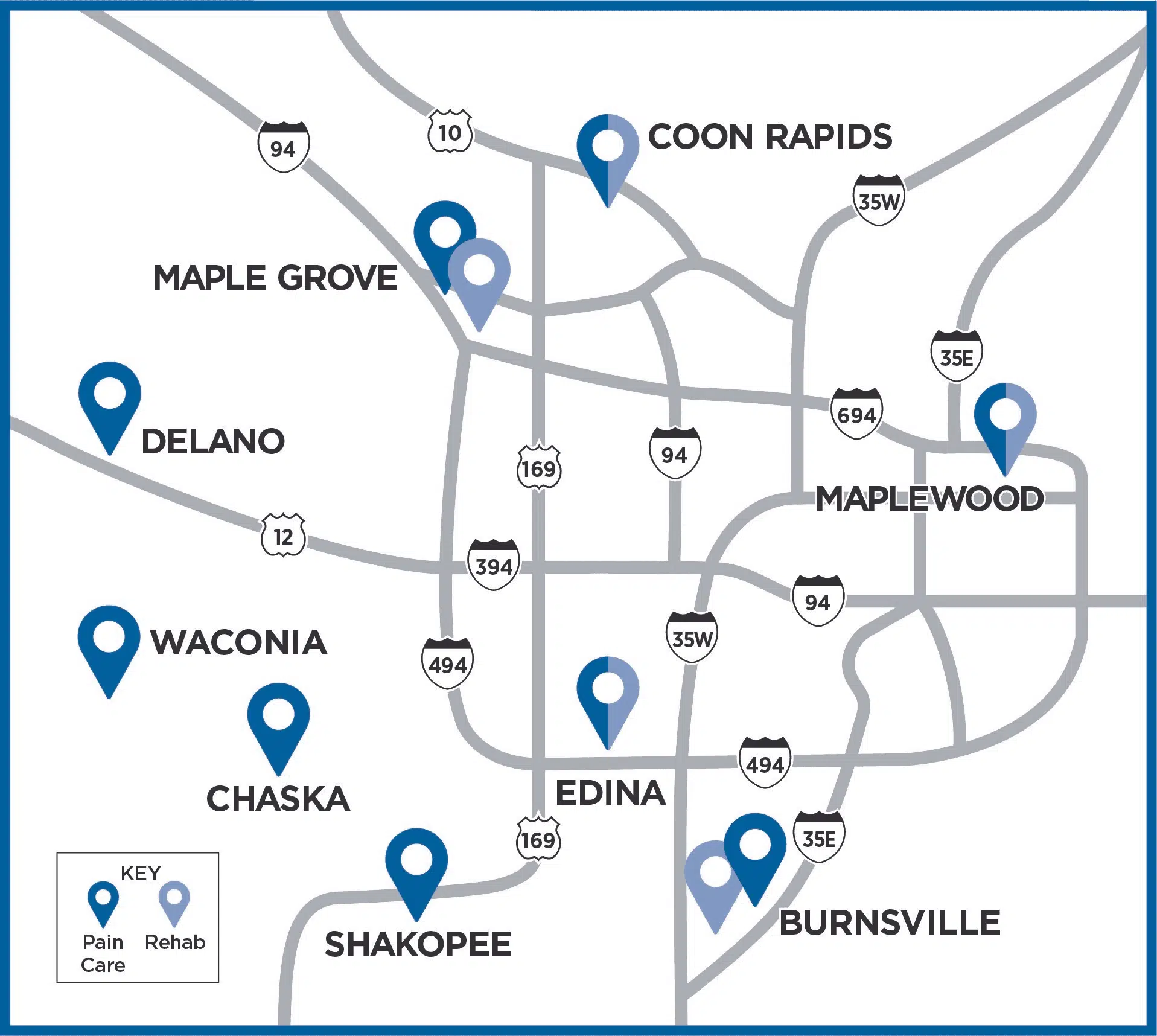Discograms
The disc is an important structure that rests between the bony building blocks of the spine (vertebrae). The disc in the spine is sometimes referred to as the intervertebral disc. Intervertebral discs help provide flexibility to our spine. They also lessen the effect of impact on our spine by cushioning the bony vertebrae. The disc is designed somewhat like a jelly donut. The disc has a stronger outer layer (the annulus) that is rather like a radial tire and an inner gel (the nucleus) that acts as a sort of shock absorber or cushion between the bones of the spine.
With injury or age, these discs can become damaged and the supporting ligaments surrounding them weaken. One of the reasons we lose height as we age is that the intervertebral discs lose their water content. This leads to shrinkage of the disc and, as a result, height diminishes.
What is a Discogram?
An injured disc can be a source of pain. A discogram is an X-ray procedure used to determine if a particular disc is the source of pain. Discograms are provocative tests, meaning that they attempt to reproduce a pain rather than remove a pain. The reproduction of pain during a discogram can help the doctor determine if injury to a particular disc is the source of a person’s pain and can determine if spinal fusion surgery is necessary.
What to expect during a Discogram procedure
This minimally invasive procedure is performed by our specialist using a sterile liquid and anti-inflammatory mixture. They will have you lay on your stomach and mark your skin above the discs to be examined. Using fluoroscopic guidance (X-Ray) a guide needle is inserted from your skin to the surface of the disc and numbed with an anesthetic. Through this guide needle a much smaller disc needle is advanced towards and eventually into the center of the disc.
After all of the needles are placed, the discs are “pressurized” one at a time. Pressurization consists of injecting small amounts of a sterile liquid (usually contrast material (x-ray dye) into the center of the disc.
This is the most important part of the procedure, and you must concentrate on what you are feeling. There are essentially three choices:
- You feel nothing
- You feel pressure
- You feel pain
If you feel pain from the injection, the pain is either:
- Familiar pain, which translates into “ouch, that’s my pain!”
- Unfamiliar pain, which belongs to someone else or translates into “ouch, I’ve never felt that pain before.”
After each level is pressurized, pictures are taken with the fluoroscopic unit and the needles are removed.
What to expect after a Discogram procedure
The procedure usually takes less than an hour to perform. You’ll have soreness from the needle punctures that lasts several days. You may use acetaminophen, ibuprofen or apply an ice pack for a few minutes to ease the soreness. You will need to plan on a ride home.
Explore the Twin Cities Metro Clinics where we evaluate patients for Discograms
*iSpine Clinics where Discogram procedures are conducted

Dark blue pins represent iSpine Pain Clinic locations

